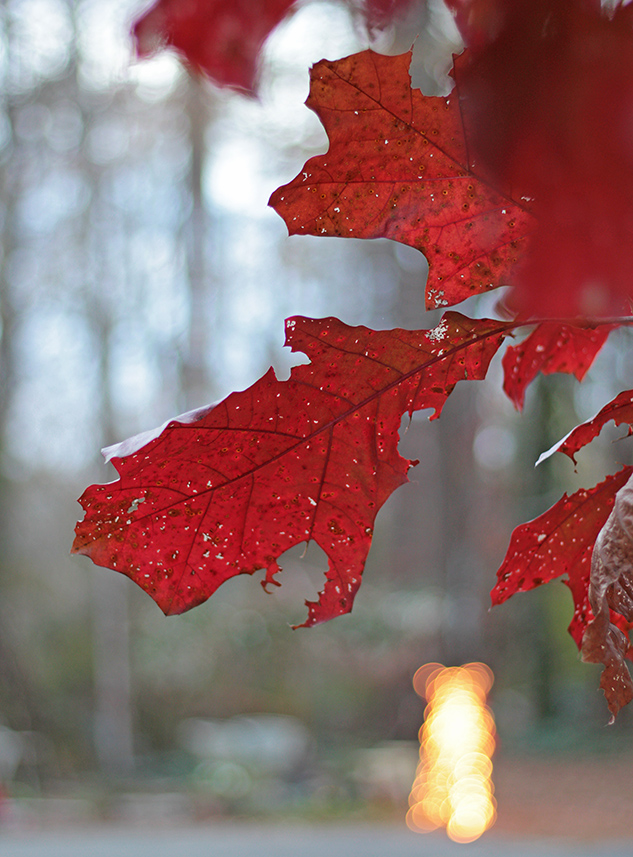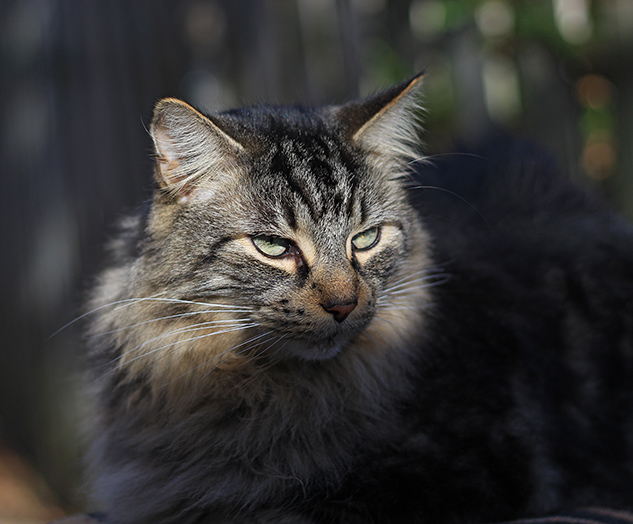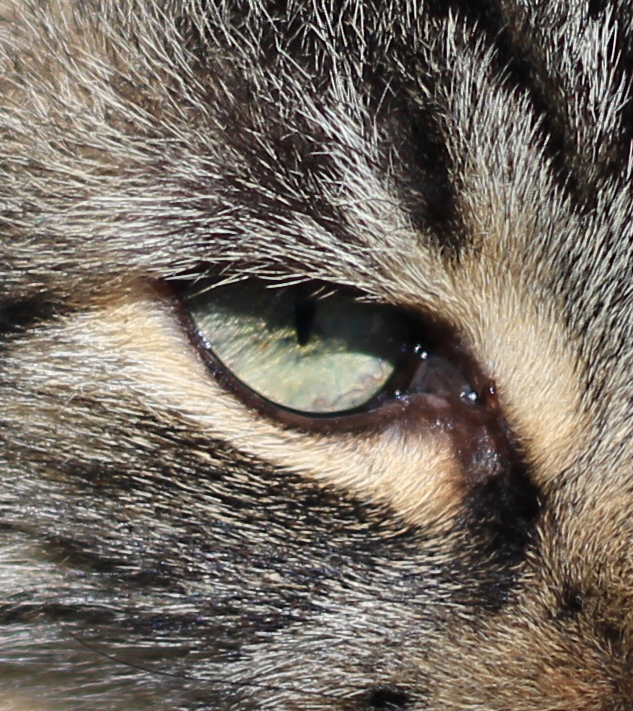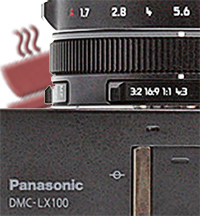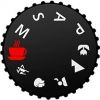Capturing indoor sports with a fixed lens camera..? The Panasonic LX100 is a very good place to start
posted Saturday, February 27, 2016 at 8:28 AM EDT

Wake up with IR! Here's today's dose of Caffeine Priority...
We've long since wrapped up our review of the excellent Panasonic LX100, the world's first fixed-lens camera with a Four Thirds sensor, and one that we named the "Best Compact Camera" in our round-up just a few years ago. Here in 2016 that title still stands, and the camera remains very popular with our readers in general, so I thought I'd take it for a spin at an NCAA basketball game and see how its chops would hold up in that difficult arena.
As most of you know, but something that bears repeating for anyone who isn't aware, taking low light shots without much movement isn't so difficult a feat, and capturing fast action with an abundant supply of available light is also fairly easy with most cameras these days with the proper settings, but capturing fast action in low to moderate light and getting good results is not an easy feat at all. In fact, it can be downright impossible without the right gear. (Unless, that is, you like noisy or blurry images).
This all makes the Panasonic LX100 an interesting proposition. The keys to this "compact" camera's potential success for indoor sports are basically three-fold: It sports a larger sensor than is found in most compacts (4/3rds), in addition to lower resolution which means larger pixels (12.8mp), all combined with a bright lens ranging from f/1.8 to f/2.8. Larger sensors typically allow for better high ISO performance, larger pixels also aid in that quest, and of course a bright aperture means faster potential shutter speeds. All of these are fairly crucial for something like capturing NCAA basketball without too much noise or motion blur.
A 1/640s shutter speed certainly freezes the basketball action fairly well. The left hand of the shooter appears to be moving faster than anything else in the shot, and thus a bit of motion blur, but not enough to hurt the overall shot. Noise is controlled fairly well here at ISO 2000 on the LX100, far superior to compacts with smaller sensors, virtually none of which can exceed ISO 1600 without noise.
(Note: I chose center-weighted metering to avoid having the lights and jumbotron contribute too much to the exposure value, set the shutter speed and aperture manually, and allowed the ISO to vary.)
In the Georgia State gym, where my partner William Brawley and I have now shot on many occasions, the light levels are such that in order to get a fast enough shutter speed to freeze the movement of division one athletes (generally speaking this ranges from a low of 1/640s to a high of 1/1250s) you need at least an f/2.8 or brighter aperture, and you need a camera that can be pushed when needed to ISO 3200 without enduring too much strain from high ISO noise. I have personally found most modern MFT cameras to be capable of this, while most 1-inch sensored cameras begin to look too noisy at ISO 1600 and are therefore not up to the challenge in tricky low light.
That being said, while the LX100 certainly packs a large sensor, with it being a compact fixed lens camera I needed to see for myself if it could actually pull this off. (Ed. Note: We tried a few 1-inch sensored "bridge" cameras during our testing last season in this gym and weren't able to achieve an image we were enirely satisfied with due to ISO noise and smearing.)
This image has both a faster shutter speed and a slightly lower ISO than the first image, and represents what I've come to find is a good balance in this level of lighting. If I zoomed out a bit with this camera I could achieve what I consider to be the best exposure combination for this particula sports setting,
which is roughly 1/800s at f/2 and ISO 800, close to the exposure of the image below this one.
(For the sports-minded curious readers, I can report regarding the events above
that things didn't turn out so well for the shooter on this particular shot attempt.)
Moving here to wide angle allowed for a wide open aperture of f/1.7, and therefore allowed the ISO to drop to a comfy 800. Given the distance from the players there is still enough depth of field to allow for much of the action to be in focus, but still blurs the crowd and background to some degree. As with the exposure balancing act, so too is the trick of balancing depth of field with focus accuracy.
(Indoor sports photography can be frustraiting at times, but is rarely ever boring.)
(Images have been resized to fit this page, cropped and/or slightly adjusted in post, primarily to balance shadows and highlights. Clicking any image will take you to access to the full resolution image as delivered straight from the LX100.)
So, while I didn't come away with images of the caliber of a Canon 1D series or Nikon D(x) series of professional sports cameras, I was fairly happy with the results in general, and as compared with images shot for our "Indoor Sports on a Budget" tutorial from last year. Head over to that article for sample images taken in the same gym using the Nikon D3300, Sony A6000, Olympus E-PL7, Olympus E-PM10 and Fuji X-T1.
In summary, I found the Panasonic LX100 to be capable of capturing good images in this tricky high-speed, low light environment, a feat we were not able to achieve with 1-inch sensored cameras due to higher ISO noise at the required fast shutter speeds. In addition, the C-AF performance proved up to the challenge and allowed for a reasonably high keeper rate. Of course, the zoom range is fairly limited, so you'll need to be fairly close to the action with this camera. Below are more images captured on this shoot, and you can find even more as well as access to EXIF data in our Panasonic LX100 Gallery.
(Thanks to the Georgia State Athletic Program for allowing us to photograph their games!)
• Panasonic LX100 • Image Gallery •
• How to photograph indoor sports on a budget •


[Need more Caffeine? ...Indulge Yourself!]
Caffeine Priority is a new series of short photo-tidbits to ease you into your day, and give us a chance to share a bit more of what life’s like here at IR. We're more like a group of friends testing and talking about cameras and lenses than the buttoned-down, big-corporation world that some of our photo-friends at other companies work in; hopefully these little snippets will share some of that. So... grab another coffee and join in the conversation with us down below!
